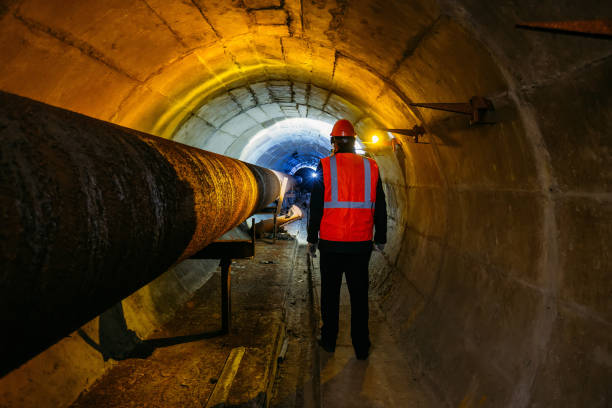Emergency and industrial phones are specialized communication devices designed for use in environments where reliable communication is critical for safety and productivity. These phones are typically rugged and durable, and can withstand exposure to harsh weather conditions, dust, and other environmental hazards. They are commonly used in industrial settings such as manufacturing plants, oil refineries, and chemical processing facilities, as well as in emergency situations such as natural disasters or accidents.

The features of emergency and industrial phones can vary depending on the specific use case, but they typically include:
Durability: These phones are designed to withstand harsh environments, with features such as shock resistance, weatherproofing, and corrosion resistance.
Loudspeaker and microphone: The phone is equipped with a loudspeaker and microphone to allow clear communication in noisy industrial environments.
Programmable buttons: These phones may have programmable buttons that can be customized for specific functions such as emergency calling or speed dialing.
Hands-free operation: Some models may feature hands-free operation, allowing users to communicate without having to hold the phone.
Connectivity options: Emergency and industrial phones may support various connectivity options such as VoIP, GSM, and analog lines.

Overall, emergency and industrial phones are critical communication tools for ensuring the safety and productivity of workers in hazardous environments. These phones provide reliable communication, even in situations where other communication methods may not be effective.
 ئۇيغۇرچە
ئۇيغۇرچە


























